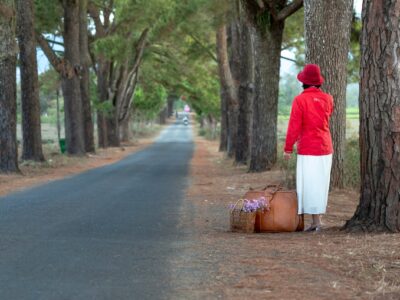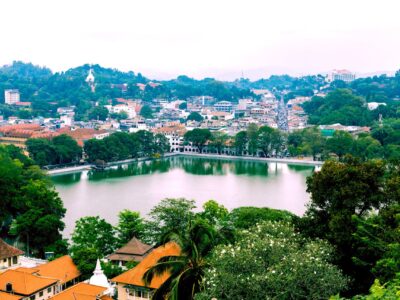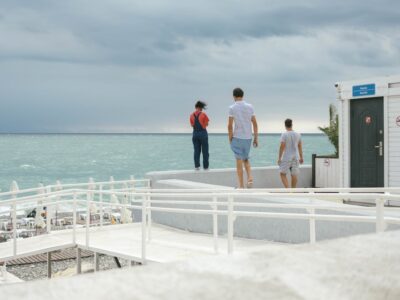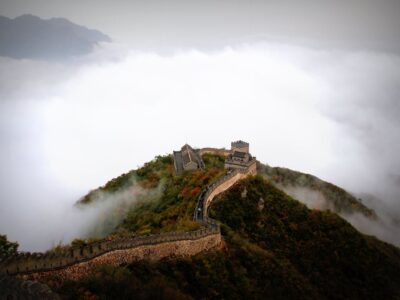Argentina: A Tapestry of Culture, Nature, and Tang
Argentina, the world’s eighth-largest country, is a land of contrasts and miracles. From the bustling streets of Buenos Aires to the tranquil landscapes of Patagonia, this South American gem has something for everyone. Traveling around Argentina, you’ll encounter a country that perfectly blends its indigenous roots, European influences, and modern-day energy. We’ll take you on a rapid tour of Argentina’s rich history, different landscapes, and the passionate spirit that defines its people in this introduction to Argentina.
Argentina, known as the “land of contrasts,” is a fascinating fusion of indigenous traditions, European influences, and modern flare. As the world’s eighth-largest country, Argentina ranges from the busy metropolis of Buenos Aires to the calm landscapes of Patagonia, providing a broad palette of experiences for every traveler.
The country’s history is a rich tapestry of indigenous civilizations like as the Mapuche and Guarani. Spanish colonization in the 16th century provided another layer, infusing the land with European culture, religion, and architecture. This fusion of cultures has created a distinct Argentine identity, which can be seen in its art, music, and daily life.
Argentina’s various landscapes entice nature enthusiasts. Patagonia’s geological diversity is exemplified by the towering Andes mountains, vast Pampas grasslands, and awe-inspiring glaciers. Meanwhile, Buenos Aires, known as the “Paris of South America,” is a thriving center of tango, food, and the arts, reflecting the city’s passionate personality.
A Look at Argentina’s Long History
Argentina’s history is woven together with indigenous cultures, Spanish colonisation, and waves of European immigrants. For thousands of years, indigenous peoples such as the Mapuche, Guarani, and Quechua have lived in the region, each adding to the country’s rich cultural tapestry. The entrance of the Spaniards in the 16th century brought with it new traditions, religion, and architecture, all of which may still be found in many places of the country today.
Argentina gained independence from Spanish authority in the nineteenth century, ushering in an era of great economic growth and cultural development. European immigrants, particularly from Italy and Spain, flocked to the country, bringing their customs, cuisine, and art with them. This cultural melting pot has given Argentina its distinct personality, which can be seen in everything from its architecture to its music.
Argentina has a past as diverse as its surroundings. The nation’s story is a colorful tapestry of cultures, conflicts, and coalescence, stretching from its earliest days of indigenous tribes to its active present. The ancient civilizations of the Mapuche, Guarani, and Quechua established the groundwork for the region, each contributing their own customs, beliefs, and rituals. Their influence may still be felt throughout the country, from folklore to festivals.
The arrival of Spanish explorers on Argentine soil in the 16th century was a watershed moment. Their entrance signaled the beginning of a new age of colonization, bringing with them European culture, religion, and governance institutions. This time was not without conflict, as indigenous people fought foreign dominance, resulting in complicated interplays of power and identity.
Argentina’s road to independence in the nineteenth century contributed a new layer to the country’s historical fabric. Internal tensions, outside influences, and the search for a cohesive identity plagued the country. New cultures, cuisines, and artistic expressions were introduced by waves of European immigrants, particularly from Italy and Spain.
Landscapes ranging from the Andes to the Pampas
Argentina’s various landscapes are one of its most outstanding attractions. The spectacular Andes mountains reach along the border with Chile to the west, providing breathtaking views and world-class trekking opportunities. Patagonia, with its vast plains, turquoise lakes, and towering glaciers, is a nature lover’s and adventurer’s paradise.
In contrast, the Pampas, a large grassland region, is Argentina’s agricultural heartland, producing livestock, wheat, and soybeans. You may experience genuine gaucho (cowboy) culture here, complete with rodeos, folk music, and delectable asados (barbecues).
Buenos Aires’ Vibrant Heart
The capital city, Buenos Aires, is known as the “Paris of South America.” It’s easy to understand why, with its broad boulevards, ancient districts, and thriving arts scene. The city combines European beauty with Latin American vibrancy. Tango, the sensual dance that originated in Buenos Aires, embodies the city’s essence: passionate, dramatic, and deeply steeped in its past.
Visitors can meander through the cobblestone lanes of San Telmo, noted for its antique shops and tango performances, or the colorful area of La Boca, with its iconic Caminito street. Palermo, with its fashionable cafés, steakhouses, and wine bars, is the place to go for a taste of Argentina’s culinary delights.
Argentina’s Spirit
Argentina’s people are what genuinely distinguishes it. Argentinians are noted for their friendliness, passion, and zeal for life. The Argentine energy is contagious, whether it’s through their passion for football, their world-famous wines, or their colorful festivals.
Argentina, a country brimming with passion and vigor, is more than simply a geographical entity; it’s a mood, an attitude, a spirit that strikes a profound chord with all who encounter it. This spirit is a beautiful blend of indigenous roots, European influences, and its people’s modern aspirations.
Argentina’s spirit is centered on music and dance, most notably the tango. The tango, which originated on the streets of Buenos Aires, is more than just a dance; it is an expression of longing, love, and life itself. It embodies the spirit of Argentina: passionate, intense, and profoundly steeped in its past.
The Argentine spirit can also be shown in the country’s love of football. It’s more than a sport; it’s a religion, a unifying force that brings people from all walks of life together. The intensity of stadium spectators, the shared delight of a goal, and the shared sadness of a loss all reflect the heartbeat of the country.
Final Words
Finally, Argentina entices visitors with its various landscapes, rich history, and vibrant culture. You’ll fall in love with this South American beauty whether you’re dancing the tango in Buenos Aires, climbing in Patagonia, or sipping a Malbec in Mendoza. So pack your luggage and prepare to be enchanted by Argentina’s enchantment.












